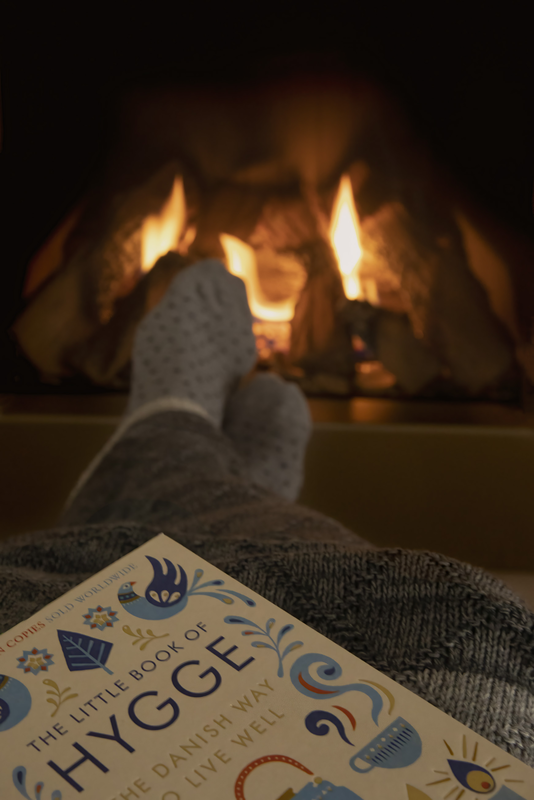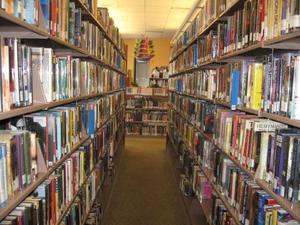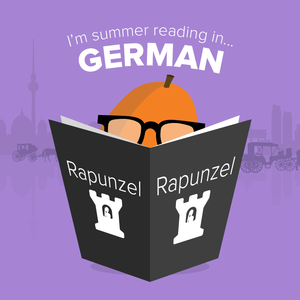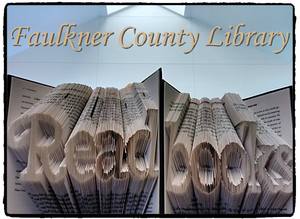Did you know we have 49,000+ Adult Fiction & 35,000+ Adult Non-Fiction titles in our system alone? Go to our Card Catalog to check out these titles and so much more, or come browse the stacks and find a new favorite!

Blog
By Category
ARTICLES
Every Day is Right to Read Day! How You Can Protect Your Freedom to Read
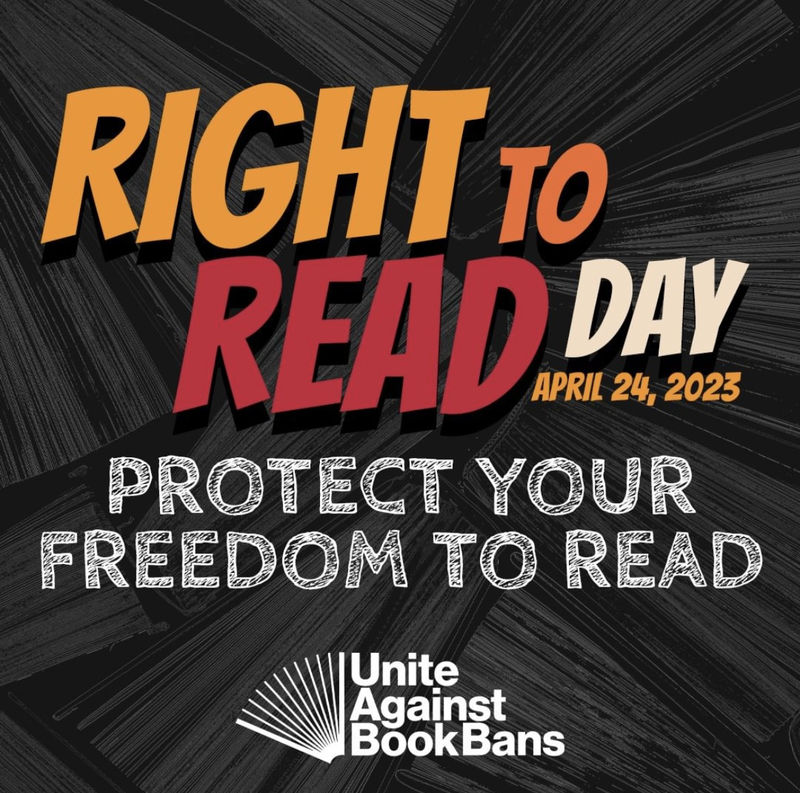
Book bans are something that no library is immune to, and the effects can be devastating for communities. Not only is having access to information a constitutional freedom, but it is paramount to our advancement as a society. You’ve probably heard the famous quote from Winston Churchill, “those that fail to learn from history are doomed to repeat it.” Book bans and other aims at censorship from our past have proven his point: erasure only begets ignorance, and spins a vicious cycle of injustice that threatens liberty for everyone. Efforts to more closely scrutinize educational institutions nearly doubled in 2022–the American Library Association’s Office of Intellectual Freedom tracked over 1,269 attempts to ban books and other resources in libraries and schools. In the state of Arkansas, those same attempts are happening with greater frequency. Even our own library has been subject to a few book challenges over the past year, and we continue to combat opposition from the local to the legislative level.
According to the ALA, the most challenged books addressed topics on race, gender identity, sexuality, and reproductive health. 2022’s most challenged books were:
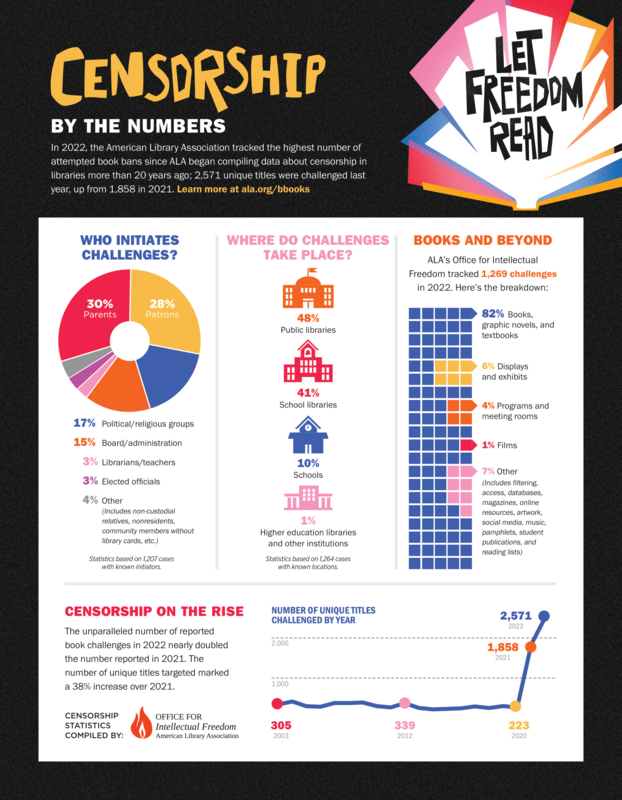
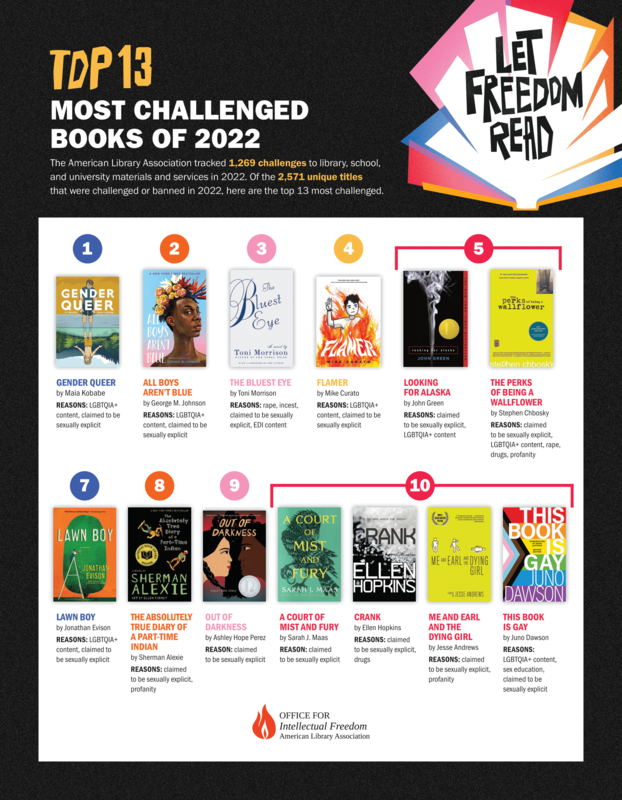
So how can you help fight against book bans and keep your library accessible to all?
Comments
Celebrate National Poetry Month With These Literary Masterpieces
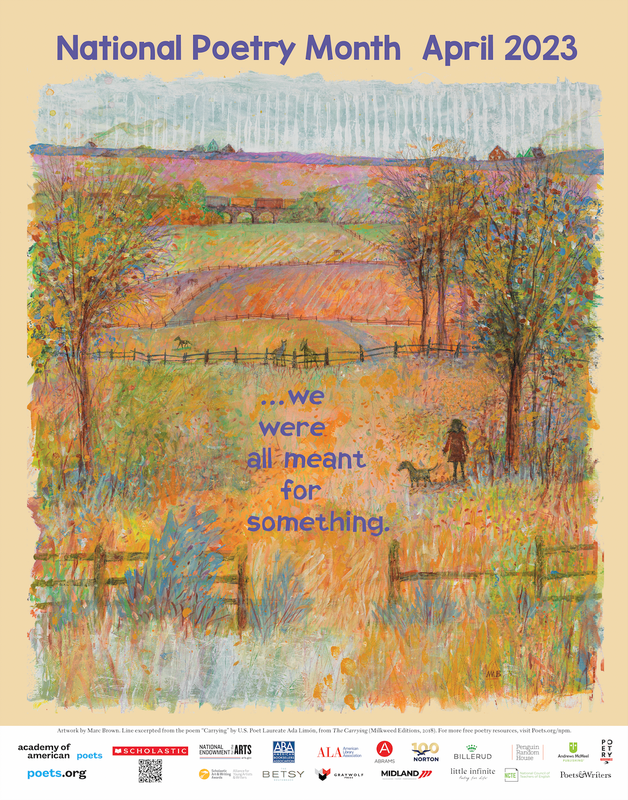
Yes, it’s another post about a thematic month that’s widely celebrated! April is National Poetry Month, and this one actually occurs around the globe as the single largest celebration of literature. Launched by the Academy of American Poets in 1996, this is a special occasion that acknowledges the integral role of poets in our culture and society. Let’s just be honest–poetry is dang cool, and there’s so many different styles and stanzas, from haikus and sonnets to elegies and good ol’ free verse.
Philosophical discussions aside, we hope you enjoy this handpicked selection of the latest and greatest poetry in our library collection that fits well with the theme, and don’t forget to check out the 811.6s in our nonfiction sections for more!
Comments
National Write Your Own Story Day: Books for Aspiring Authors

It turns out there’s quite a lot of “National Fill-in-the-Blank Days”, and a good number of them are applicable to books and libraries–we love that! March 14th just so happens to be National Write Your Own Story Day, so we’re not going to toss up the opportunity to share a blog post about this one.
Comments
Celebrate Black History Month With These Monumental Reads
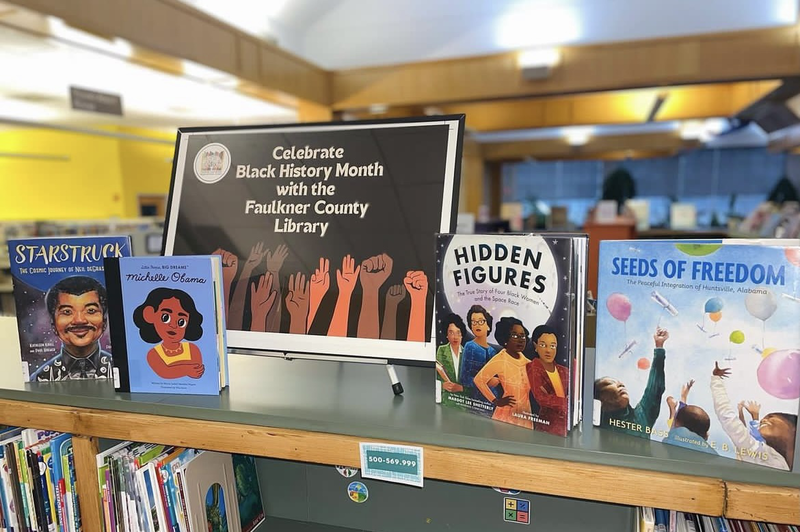
Comments
The Best Valentine's Day Gifts for Book Lovers
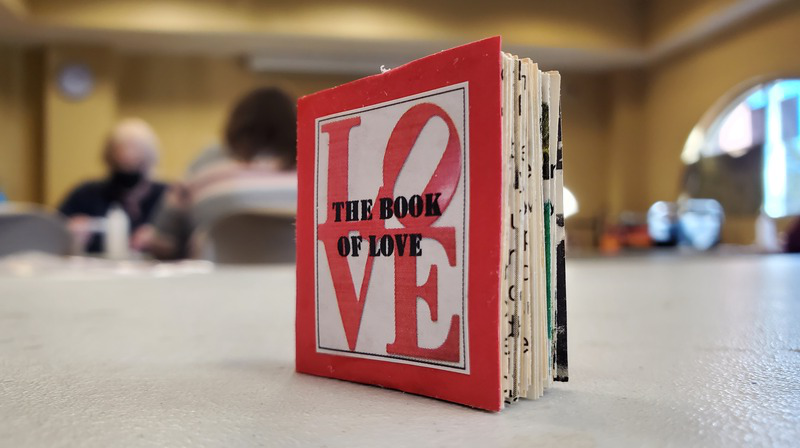
Comments
Fall In Love With Reading Again During National Library Lovers Month
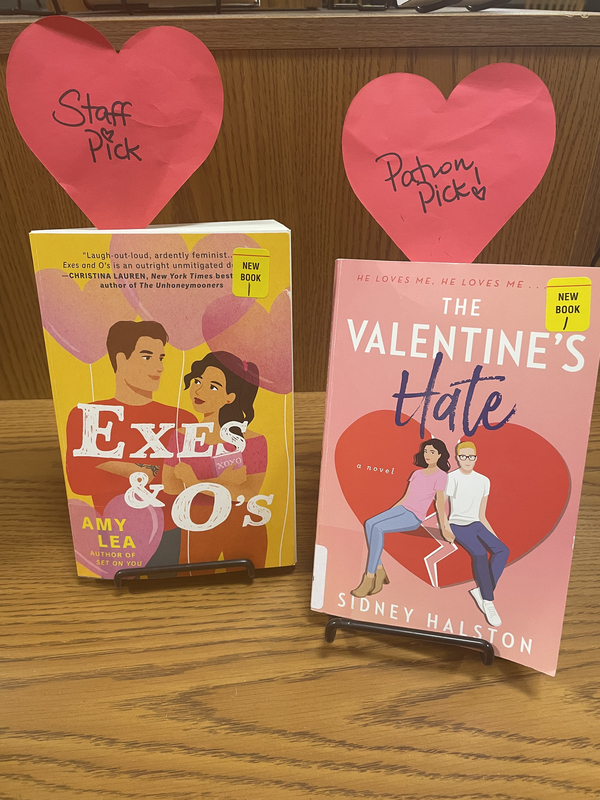
You might not have known this, but here’s a fun fact: February is National Library Lovers Month! This month is dedicated for all the bibliophiles of the world (for our avid vocabulary learners, “bibliophile” is a fancy term for “book lover”) and the people who love and depend on local libraries for building literacy skills, accessing information, and bringing the community together. Libraries are not only a treasure trove of ideas, but a way for people to share those ideas within a safe and inclusive space. That’s just one of the many reasons why we love them so much!
Whatever your struggle may be, here are some effective ways to get started with or get back into the habit of reading for leisure:
We hope these suggestions work well for you! If you’ve settled on a book you think you might like, don’t forget to check our catalog at fcl.org and place a hold on it so a copy can get to you more efficiently too!
Comments
Dewey What? How To Locate the Book You Need
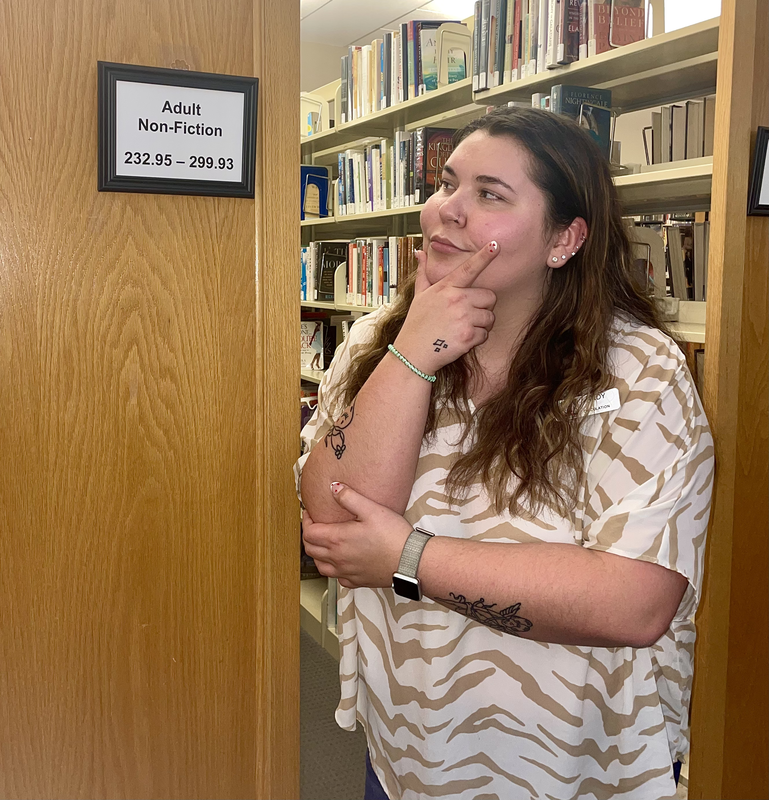
POV: You hurry into the library in pursuit of a book that you need for your literature class, and the deadline to write an analytical essay on it is fast approaching. You discover from using the catalog on our website that, luckily, your local branch has it in stock. But when reading the description of its location, you see a random decimal number with some letters underneath, and have no idea what that means. You become officially lost in the stacks. Should you turn back the way you came and ask an employee at the front desk? Or do you dare to trek through the seemingly endless maze of books? You decide to continue onward, but then your surroundings change. Now you’re in a section where there’s no numbers and just letters??

Comments
Getting To Know Your Library 101: Basic Terminology and Becoming Involved
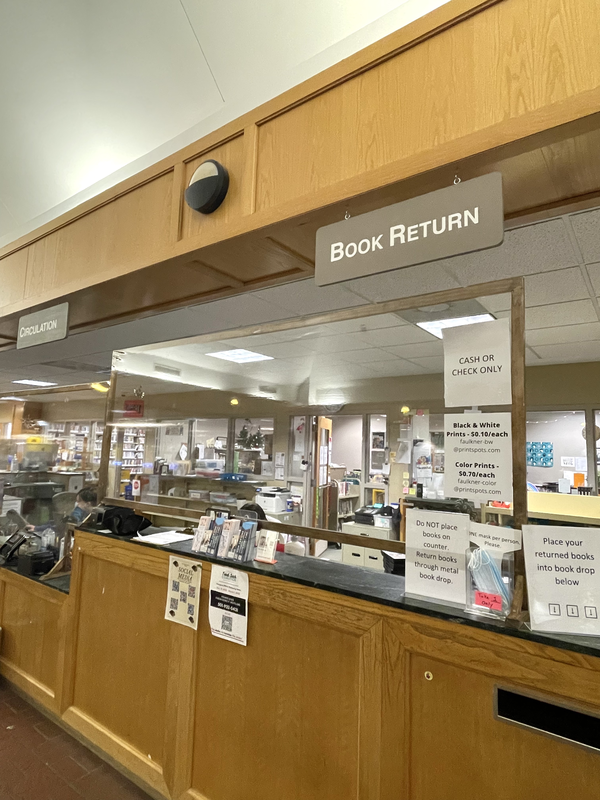
Everyone knows that public libraries are one of the most magical inventions on Earth–people from all walks of life can come together in community and find practically anything they need. Libraries are one of the few organizations left in the service industry where utilization isn’t accompanied by the expectation of spending money. Not to sound too biased, but the Faulkner County Library might just be the coolest hangout spot in town (okay, maybe aside from the splash pad at the park). As counterintuitive as it seems, our headquarters in Conway is constantly busy and we easily help close to 500 patrons in a single day if not more. If you’ve been to our summer programming, you know exactly what we’re talking about!
Reference: Being a smaller library, we don’t have a separate reference desk per se, but we do have a handful of more experienced librarians who can help you with your research needs. They can show you how to use the microfilm machine, look up local records in the Arkansas Room, and provide tactics for better understanding online sources!
Comments
Playing Catch-Up After COVID: How Your Library Card Can Help Kids With Lost Learning
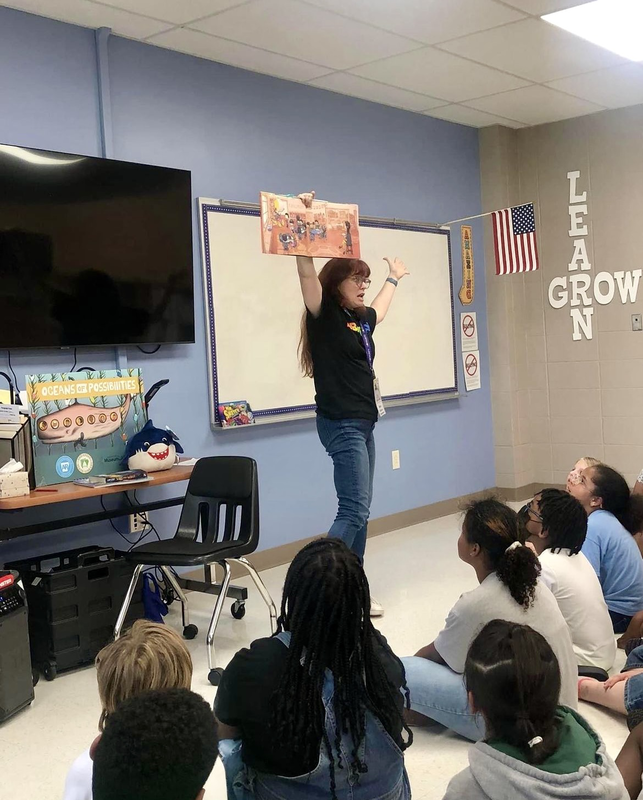

Even though the height of the COVID-19 pandemic is over and things have mostly gone back to normal, there are still children who have been significantly affected in terms of academic growth and learning loss from the school closures and reliance on distance learning. According to a study by Horace Mann Educators Corporation, more than 97% of teachers reported their students are behind compared to classes held prior to the pandemic.
Luckily, work is being done to combat this. The Arkansas Department of Education awarded funds to schools from the American Rescue Plan to create over 84 summer and after-school programs in the last year. Not to mention, our own library has recently been able to offer more educational and social programming for kids and teens outside of school hours, like After the Bell at FCL! You can check out the monthly calendars for each age group at fcl.org under the Programs tab.
As parents, caregivers, educators, and community leaders work to fill in the learning gaps for our students, there is one other invaluable (and FREE) tool that will help our young patrons to get back on track towards success: a library card! There’s a reason why we have such a lenient checkout policy and let our patrons borrow up to 100 items per account. So many teachers, students, and homeschooling families depend on a library card to boost learning, and allowing them to check out a higher volume of materials at a time–something they often do, which always makes us librarians smile–widens their capacity to level the playing field and place their learners on the threshold of a promising career path.
Comments
Happy Hygge-days! How You Can Use the Danish Concept of Contentment to Have a Cozy Winter
